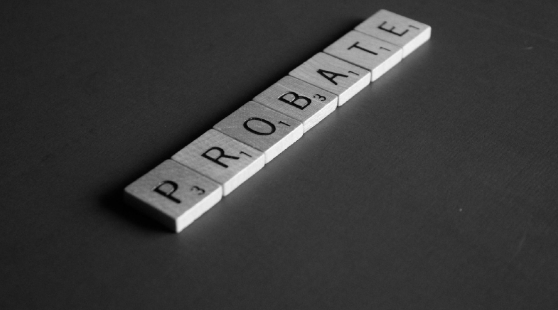
Auto insurance is a must-have for anyone who owns a car. However, when it comes to auto insurance, one of the most popular terms used by insurance companies is “full coverage.” Unfortunately, full coverage auto insurance policies do not exist.
Many drivers make the mistake of assuming that a full coverage policy will provide them with complete protection in the event of an accident. Instead, what they are sold as a full coverage policy only covers them partially. There is no industry standard or legal definition of what full coverage auto insurance constitutes, and the coverage provided by such policies varies from insurer to insurer.
What’s Not Covered By Full Coverage Insurance?
Many drivers assume that a full coverage auto insurance policy will cover them for any accident, but the truth is that these policies do not cover many things. These include:
- Uninsured MotoristRoadside Assistance
- Full Glass coverage
- Rental Reimbursement
- Personal Injury Protection
- New car Replacement or GAP coverage
How Do You Make Sure You’re Fully Covered?
While no insurance company can guarantee full coverage, you can take steps to maximize your protection on the road. Firstly, it is crucial to understand the coverage provided by your policy. Carefully read your policy documents and speak to your insurance provider to clarify any doubts or questions. Also, consider adding additional coverage to your policy. Additional coverage may come at an extra cost but can provide invaluable protection in an accident.





